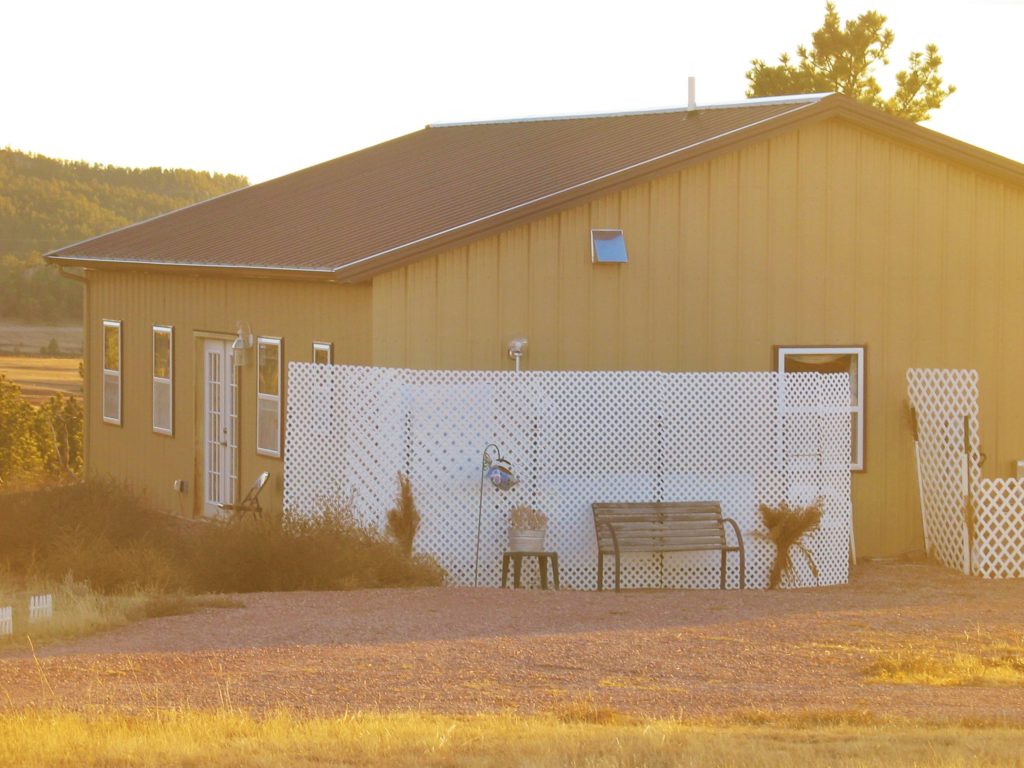Amazon took down my comments and will not let me rebut her review below her review like they used to, so here is my rebuttal:
This is NOT a “recipe for mould,” and in the 6+ years we have lived here, we have had only one tiny bit 6 ” by 2″ of mold growth on the house sill, and that was due to the clothes washer drain pipe freezing up (in -25 degrees Fahrenheit) and subsequently overflowing into the wall. The wall was re-plastered, the insulation dried, and all was well in less than a month. The TINY bit of mold on the Douglas Fir house sill was sliced off with a planer and the nearly minuscule part 2″ by 4″ we could not reach with the planer was taped with a tiny piece of foil tape (foil blocks both mold spores and mycotoxins if the mold is even producing any).
But my bigger point is that the tiny bit of mold that DID grow was because of a washer accident, *NOT* because of a house design problem or a “vapor barrier mistake.” In fact, an interior vapor barrier could have made the problem MUCH worse because it would have trapped moisture inside the wall instead of allowing the moisture to come through the plaster wall (for us to see the problem and fix it within a week, and then of course we insulated the drain pipe better). And also a vapor barrier would not have allowed the plaster to just dry completely as it did (and even most of the insulation was nearly dry and was able to finish drying inside the house and be re-used).
HEre is a link to the wall experiments we did: https://www.blackhillspicturebooks.com/2016/11/17/metal-siding-wall-stats/
My best guess for “Why” we have had no problems with humidity in our walls (or mold) for over 8 years is that diffusion (of humidity through thick (ish) plaster and 6 inches of wool insulation is such a slow process that just simply, not enough humidity makes it to the cold interior surface of the metal siding to caause any problems and what little tiny bit does make it there just warms up (eventually) and evaporates up the steel ribs or gets the wool insulation a TINY bit wet and then just simply dries out (and we don’t let humidity sit around in here at all. Maybe if we had an indoor swimming pool or hot tub. LOL

Christa Upton Edgemont, SD 57735
